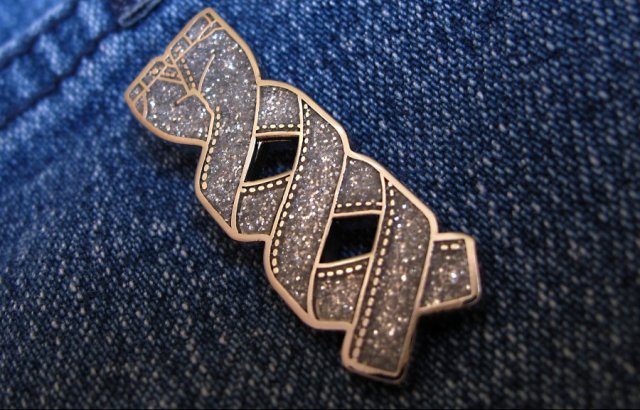Researchers ID genetic switch that controls muscle repair system
Ars Technica » Scientific Method 2014-02-19
It's a sad fact that age brings diseases. Many are not life-threatening, but they still make life less fun. One of the less-fun conditions is called sarcopenia, which causes the loss of muscle mass and strength. It’s the reason why some elderly suffer from loss of stamina, difficulty in walking, and heavy breathing.
Sadly, there is no treatment for the condition—except for exercise, which only becomes more challenging because of the disease. Understanding sarcopenia, then, is crucial to developing new therapies. Recently, in a paper published in Nature, scientists described the mechanism behind this irreversible wear and tear on aging muscles.
Our body is made of trillions of cells. A tiny fraction of them—found in organs including the brain, liver, heart, gut, and blood vessels—are known as adult stem cells, which maintain and repair the organ. The resting state of these cells is "quiescent"—that is, they divide only when required for tissue repair, at which point they become active, dividing and producing the specialized cells needed for the organ they reside in.
Read 8 remaining paragraphs | Comments





